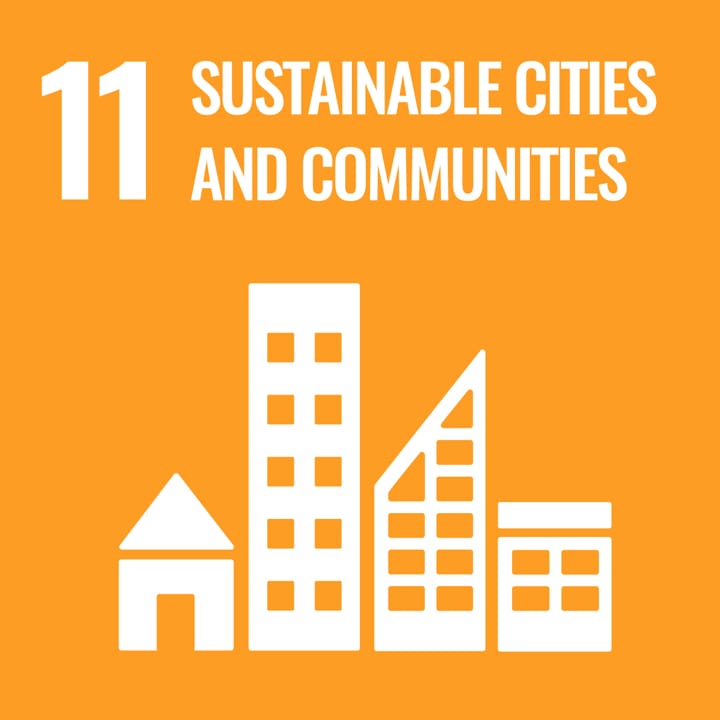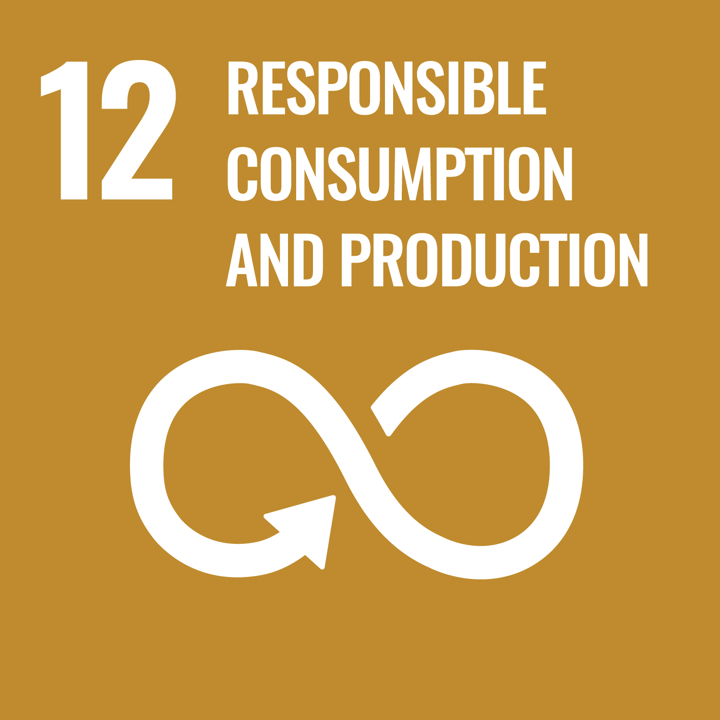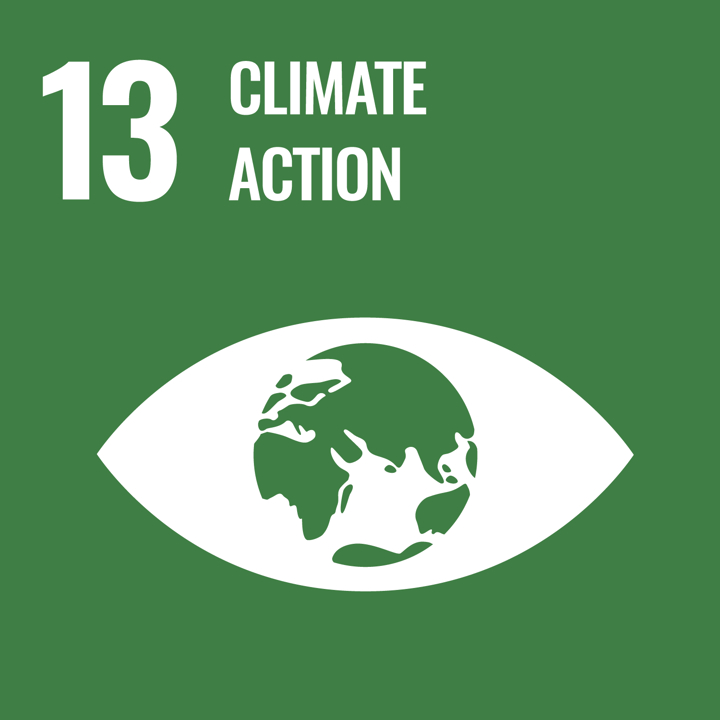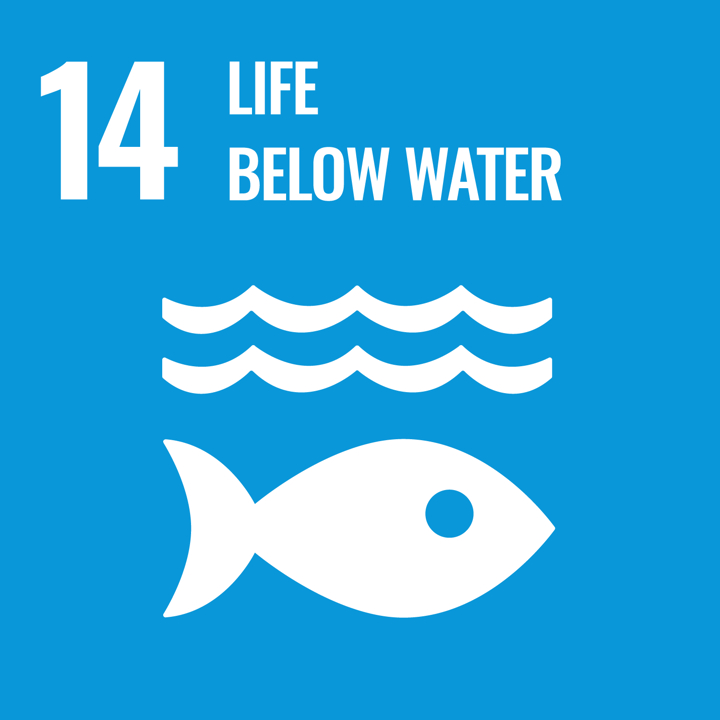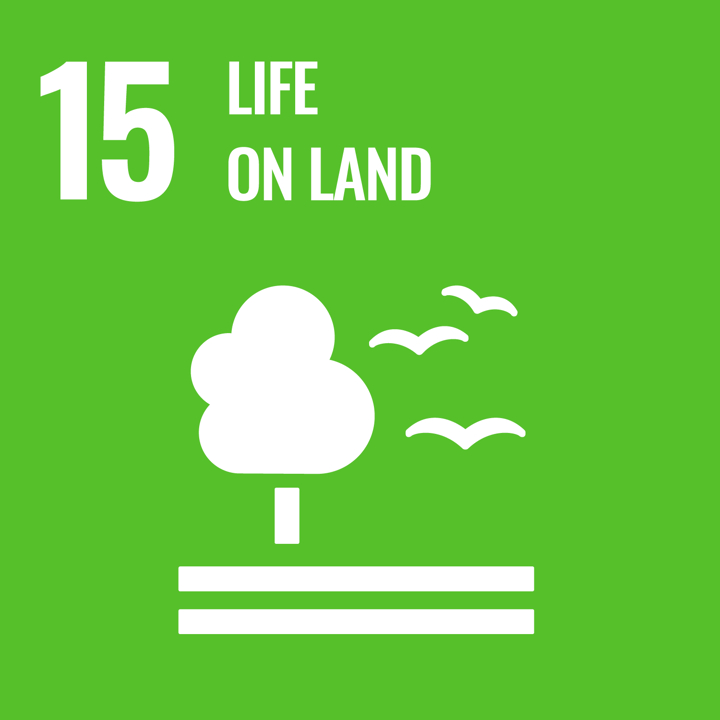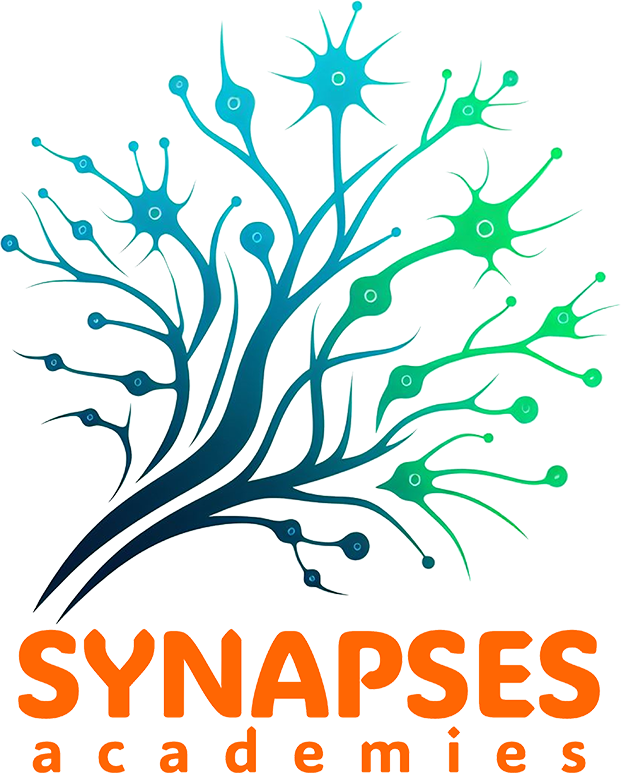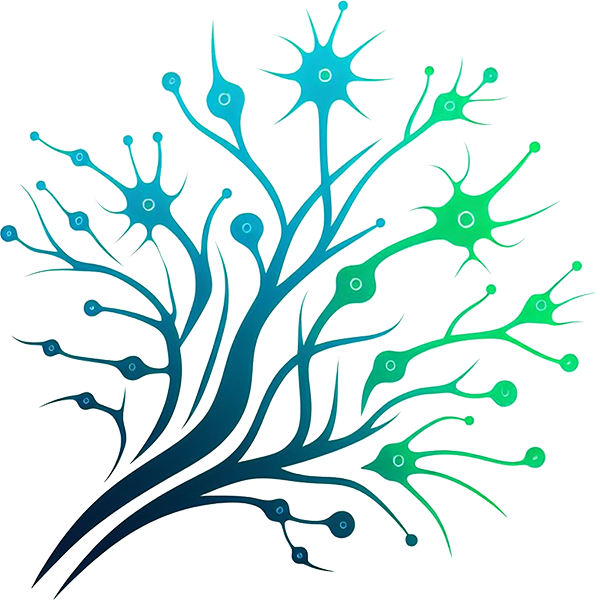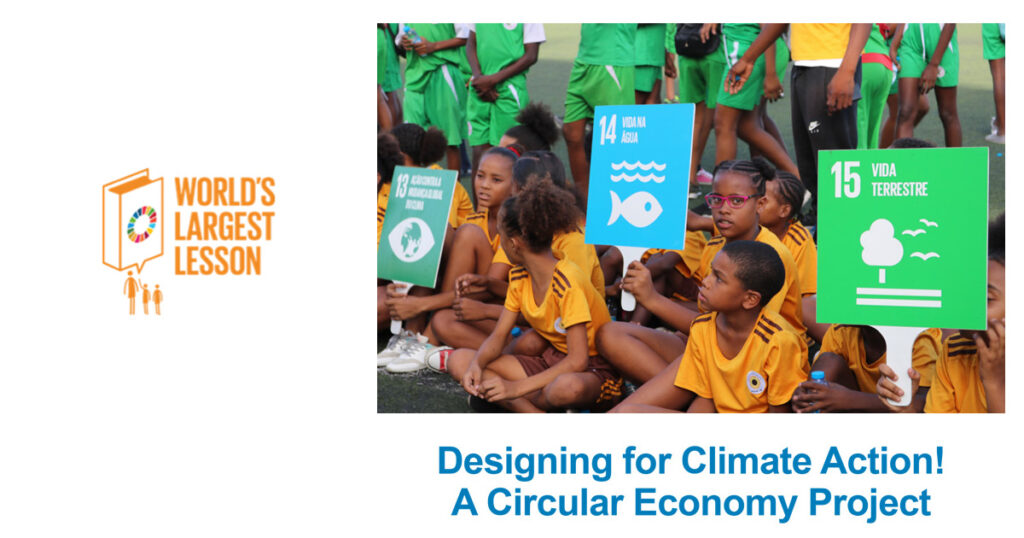
Intended End User: Lehrer
Altersgruppe: Obere Primarstufe; Untere Sekundarstufe
Lehrplan der Schule: Maths; Science; Social, Physical & Health Education; Social & Environment Science; Arts;
Themen und Fragestellungen: Collective Action, Economics, Futures Thinking, Power & Influence, Information & Knowledge, Citizenship, Pedagogic Approach
Dauer: 10 hours
Art der Ressource: Assessment, Guidelines & Notes, Audio/Video, Lesson Plans, Presentation, Project
Schlüsselwörter: Design Thinking, Circular Economy, Placed Based Learning, Challenge Based Learning, Community
Sprachen: Englisch
Beschreibung
This project has been designed to last approx. 10 hours. In it, students will be introduced to Design Thinking and the Design Skills they will employ when creating their innovations. At the end of the project, students are encouraged to host a Science Fair, where they can showcase their innovations to parents and other school community members.
The Design Thinking Project is split into 10 activities, following the 6 stages of the Design Thinking Cycle. If this is the first-time using Design Thinking with your students, they may find it slightly harder to begin with. However, the more you are able to repeat the process with your students, the more familiar they will become with the language of Design Thinking.
Wie Sie diese Ressource nutzen können
The Designing for Climate Action! A Circular Economy Project resource provides 10 activities with resources and teacher slides to deliver a Design Thinking Project. This project aims to develop students’ understanding and competencies in being active participants in a circular economy while also understanding the needs of their community.
This resource can be used as a good practice example of using design thinking and challenge-based learning in their own community to learn about and engage in a circular economy. This resource can be used to facilitate a workshop activity for teacher to experience the project for themselves and apply their learning at a school-wide level beyond the classroom.
Existing knowledge of the circular economy and design thinking is elicited and built upon, with additional resources, videos and podcasts to build knowledge further. There is a distinct focus on addressing needs within the local community. These relate directly to SC.
The resource provides a structure, resources and supporting materials to guide teachers and students through a Design Thinking project, from brainstorming, conceptualising, prototyping and assessment. These tools and frameworks help teachers to promote SC and the circular economy through a structured and practical way that will promote competency development in students.
While the resource does not explicitly require reflection on practice and policy, it does promote an interdisciplinary project-based approach to learning that requires engagement with external stakeholders.
The resource includes a rubric to facilitate student self-assessment and reflection on the process of the project and the competencies they have developed through the project. These could be developed further to reflect the Green Comp framework.
Die Ressourcen
Designing for Climate Action! A Circular Economy Project (PDF):
Other Resources:
The resource contains links to additional teaching resources, videos, and supporting resources. Links to additional resources can be found below:
Lernergebnisse
- Abfrage des Vorwissens und Weiterentwicklung von Wissen und Verständnis von Schlüsselkonzepten der nachhaltigen Bürgerschaft, wobei etablierte Weltanschauungen und Werte in Frage gestellt werden.
- Apply a range of suitable tools and frameworks to promote student Sustainability Citizenship.
- Reflektieren Sie die Praxis und untersuchen Sie die nationalen Lehrpläne, um Möglichkeiten zur Förderung der nachhaltigen Bürgerschaft auf interdisziplinäre Weise zu identifizieren und mit externen Interessengruppen in Kontakt zu treten.
- Entwicklung und Anwendung von Beurteilungskriterien zur Bewertung des bürgerschaftlichen Engagements für Nachhaltigkeit bei Schülern.
Grüne Kompetenzen
- Nachhaltige Werte verkörpern: Valuing Sustainability, Promoting Nature
- Komplexität in der Nachhaltigkeit berücksichtigen: Critical Thinking; Problem Framing
- Visionen für eine nachhaltige Zukunft: Anpassungsfähigkeit; forschendes Denken
- Handeln für Nachhaltigkeit: Kollektives Handeln; individuelle Initiative
Creative Commons

This resource has been created by World’s Largest Lesson and shared under Creative Commons Attribution-ShareAlike 4.0 International Licence.
SDGs
